Why do cucumbers turn yellow in the greenhouse and what to do?

Sometimes even experienced summer residents are faced with the fact that cucumbers in the greenhouse turn yellow, do not grow, show the blanching of the leaf plates when they are still small. There are many reasons for such manifestations: from a lack of minerals to mistakes in care or illness. A detailed overview of all the important aspects will help you figure out what to do with yellow leaves, how to deal with it, how to process them.
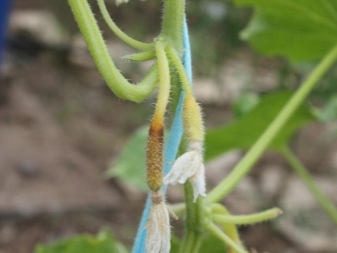

Improper care
Noticing that the leaves of cucumbers in a polycarbonate greenhouse or under a film turn yellow, it is necessary to figure out why this is happening from the very beginning. Improper care is the most common cause of problems. Especially often yellowing of leaves is detected with poorly organized watering. The color change is due to the fact that the roots do not have enough moisture or it is available in excess.
Lack of water manifests itself like this:
- cucumbers do not grow well after planting;
- the whips wither;
- leaves and upper shoots fall off.
Too much watering leads to the fact that the root system of seedlings or cucumber bushes is exposed... At the same time, the lower leaves are the first to show signs of yellowing and wilting. Watering with cold water in the heat can similarly affect cucumbers. A sharp change in temperature will lead to burns, damage to the roots. In order to avoid mistakes when watering, it is enough to follow certain rules. To moisturize the plants in the greenhouse, extremely warm, well-settled water is used.
When watering, it is necessary to direct the stream exclusively to the stem; if it hits the fruits and leaves, drops can cause burns, especially in hot weather.
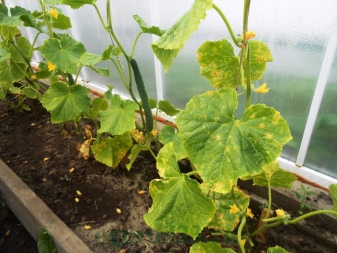

It is worth choosing to moisten the beds in the morning or evening hours. The frequency of watering in the open field should be up to 3 times a week, in the heat it is performed daily.
The yellowing of the embryos also occurs quite often, while the fruits remain small, do not increase in size. Sometimes such manifestations are also caused by excessive or insufficient watering. But more often one of the following factors is the cause of problems.
- Insufficient pollination. As a result, the ovaries are of poor quality, deformed or discolored. Especially often summer residents encounter such signs, planting artificially pollinated varieties in shelters, without access to insects.
- Excessive load on the whip. A large number of embryos leads to the fact that the plants are depleted. Not all young cucumbers can develop normally. Especially often the problem manifests itself in hybrid forms designed for planting in a greenhouse.
- Exposure to frost or sudden changes in atmospheric temperatures. Affected plants may die completely or partially lose the ovary.
Yellowing of cucumbers can be caused by insufficient light. Such manifestations are especially characteristic of greenhouse varieties grown in shelters. It is important to remember that light, along with moisture, is one of the most important components of the successful growth and development of cucumbers. That is why you need to carefully follow the recommendations for planting plants.
The placement of 1 bush of a hybrid or parthenocarpic variety per 1 m2 is considered standard, for bee-pollinated the rate is 2-3 times higher.
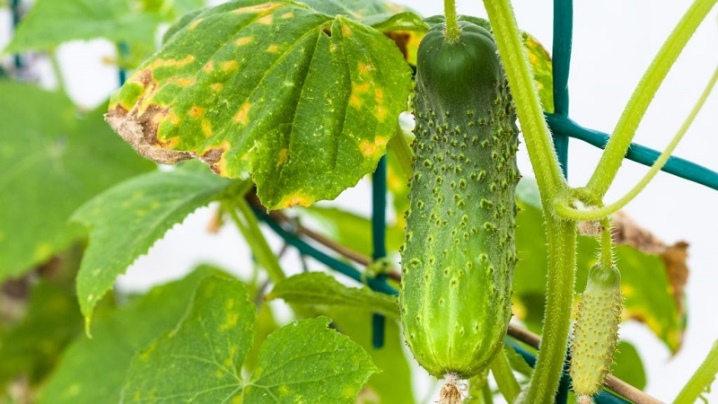
Possible diseases
Sometimes yellowness on the leaves is only the first sign of plant damage. First, the cucumber tops turn pale or discolored, then they begin to dry. Before the elastic stems wither, fall off, and the plants themselves die. Below, the yellowness of the foliage is rather the norm - a sign of natural withering away. But if the ovaries are crumbling, the edges of the tops are curled or dots appear on them, the reasons are most often found among the causative agents of infectious diseases.
When deciding what to do when such signs appear, you need to pay special attention to the diagnosis. There are many reasons why young plants began to turn yellow. Correctly selected treatment in this case begins as early as possible, otherwise it will be difficult to help the cucumbers. You need to fight infections locally; in the later stages, the bushes sometimes have to be burned. An overview of the most common diseases, as well as methods of their treatment, will help to understand how you can process yellowing cucumber plantings.
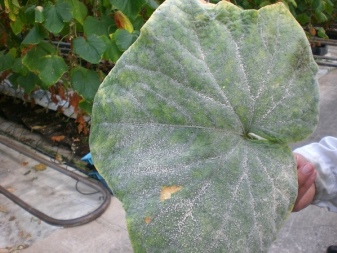
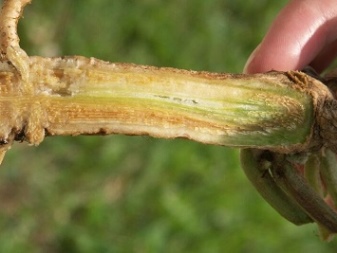
Bacteriosis
This disease can also be called angular spotting. The problem is caused by damage to plants by a certain type of bacteria - Pseudomonas syringae. If the treatment is not completed in a timely manner, the crop will simply die. Bushes can become infected through the soil, and the seeds themselves can also be infected. The development of angular spotting is facilitated by an increase in temperature and humidity in the greenhouse, an abundance of nitrates in the soil. You can recognize corner spotting by changing the color of the foliage. Geometric spots appear on it, first yellow, then acquiring a brown color. Mucous discharge appears on the reverse side of the leaf plate. At first they are yellowish, then they become covered with a characteristic whitish bloom.
Treatment of bacteriosis is carried out in a complex - using chemical and biological products. It is also possible to use folk remedies. When starting treatment in a greenhouse, the following measures are taken.
- They normalize the microclimate. The greenhouse area is ventilated to reduce humidity levels. It is recommended to increase the air temperature.
- Weed out and destroy heavily affected bushes. They need to be burned when the spread of the disease is over 50%. The soil is dug up in this place, poured with boiling water for disinfection.
- Cucumbers are treated in the greenhouse with chemicals. Any copper-containing product will do. For example, you can dissolve 50 g of "Cuproxat" or 20 g of "Fitoflavin" in 10 liters of water. "Previkur" is used to treat large areas at the rate of 2 l / ha. A solution of zinc sulfate (0.02%) will also be effective.
- Processing with biological products... You can dissolve 2 tablets of the drug "Gamair" or 5 g of "Fitosporin-M" in 10 liters of water. Among other biological products, "Phytocid", "Baktofit" are popular. Treatment with hay stick products is sometimes done, but they have an extremely short-term effect.
Among folk remedies against bacteriosis, infusions of onion husks or tobacco are considered the most effective. It is necessary to spray regularly, up to 5 times during the entire growing season.
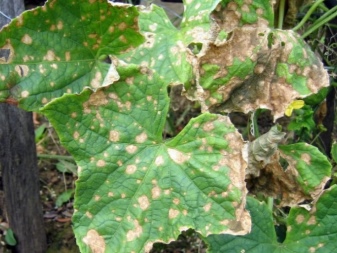

Root rot
When this disease is affected, the leaves of cucumbers become covered with reddish spots, the stem turns brown. If the infection occurred at the stage of ovary formation, they also change. They curl up, develop poorly. The disease is always associated with excessive acidity of the soil. If you do not apply alkalization in time, the plantings will simply die.

Powdery mildew
Fungal disease affecting most garden crops... Powdery mildew pathogens spread in the soil, in its upper layers, may remain in the soil after last year's harvest. A measure of disease prevention is the disinfection of the soil with boiling water, seeds and seedling rhizomes with a manganese solution. You can also reduce the risk of infection by observing crop rotation.
The true form of powdery mildew can be cured with folk remedies. Proven recipes will do.
- Diluted in a ratio of 1: 4 with water, manure talker. It is cooked, stored for 3 days, then diluted with water by half. The leaves are treated with this composition every 15 days.
- A solution of potassium permanganate in a proportion of 5 g per 10 liters of water... They are sprayed with bushes after watering for disinfection.
- Iodine solution (10 ml per 10 l of water). All affected plant parts are gently disinfected with it.
If signs of powdery mildew often appear on the site, it is worth choosing cucumber varieties that are resistant to this disease for planting.
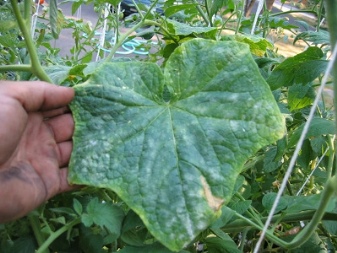
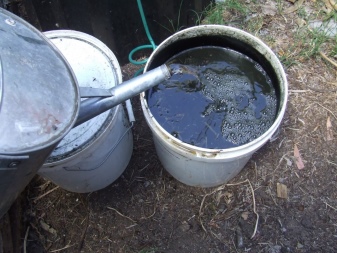
Root rot
This name most often means fusarium. The infection most often spreads in conditions of high temperatures and humidity. Sometimes pathogens are carried by pests. In greenhouses, fusarium disease occurs more often, since there are no conditions for regular disinfection. It is worth considering that it is possible to save bushes affected by root rot only before the beginning of the flowering period.
Pathology can manifest itself locally or affect the entire greenhouse. Sometimes the seeds are contaminated. In other cases, the spread of infection occurs through the soil. If there are obvious signs of the disease, the plants will have to be uprooted: entirely along the ridge or only affected by root rot. The soil in the greenhouse is then treated with disinfectant solutions: copper sulfate or potassium permanganate.
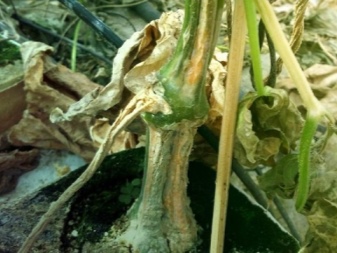
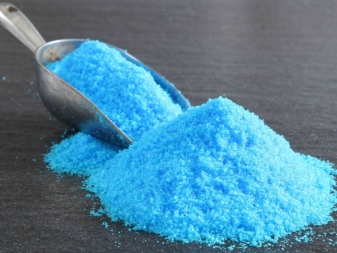
Downy mildew
It resembles the classical powdery mildew in appearance, but is caused by the fungal pathogen peronosporosis. In this case, a whitish bloom appears on the leaves, and their plates gradually discolor. Downy mildew is treated with folk remedies. Spraying of cucumber bushes is performed by:
- decoction of horsetail;
- garlic juice.
Also, in case of peronosporosis, plants can be powdered with wood ash. This remedy helps to cope with fungal infections, prevents the spread of caterpillars and aphids.
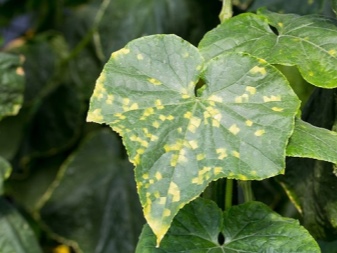

Anthracnose
One of the most common causes of yellow spots on cucumber leaves is anthracnose. This fungal disease is also called copperhead... In greenhouses, it spreads faster and can attack cucumbers at any stage of their growth. With anthracnose, the fruits become bitter, lose their taste. In the absence of treatment, the plants in the greenhouse die. In seedlings, brownish-yellow spots are usually located in the zone of the root collar. In adult plants, the lesion begins with the leaves; spots of a pale green color are formed on them: at first small, then enlarged. With severe damage, the entire plate dries up, acquires a copper-brown tint. Fruits and ovaries are covered with light beige ulcers.
Treatment for anthracnose cucumbers is prescribed specific.
- Root watering of cucumbers with 1% solution of Bordeaux liquid. First, the soil is abundantly wetted with clean water. Then the prepared solution is used. Each bush takes about 1 liter, processing is repeated every 2-3 days.
- Seed dressing with compositions "Tiram", "Immunocytofit".
- Treatment of adult bushes with fungicides. Fitosporin is suitable in powder at a dosage of 10 g / 5 l, spraying is done three times, with a break of 2 weeks. "Fundazol" or "Pervikur" is also suitable.
Correct agricultural technology helps to enhance the effectiveness of therapy in the fight against fungus. Seedlings and seed are disinfected with manganese. Infected bushes are dug up and burned. A greenhouse or greenhouse is disinfected in preparation for planting, and the plants themselves are located wider than in open ground.

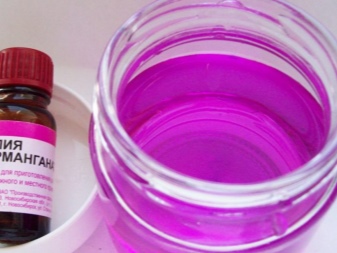
Pest control
Sometimes the yellowing of the leaves is directly related to the fact that the greenhouse is infested with pests. After eliminating the causes - larvae or adult insects - the signs of the disease disappear. In some cases, folk remedies are effective, but most often the treatment is performed in combination: using pesticides and biological drugs.
Aphid
Miniature pests with a body size of no more than 2 mm are capable of causing serious harm to greenhouse plants in a short time. It is especially dangerous for leaves and young shoots, because aphids suck juices from them. Insects live in colonies on the back of the leaf plate. The first signs of their presence on cucumbers are yellow dots, gradually turning into spots. At the same time, the edges of the leaves curl, the ovaries fall off.
In the fight against aphids, folk remedies are often used. Processing is performed at least 2 times with a break of 3 days, but only in the evening. Among the most popular recipes are listed below.
- Treatment of cucumbers with ammonia. The solution is prepared from 75 ml of sunflower oil, 50 ml of ammonia, 125 ml of liquid soap and 10 liters of water. They are sprayed with plants in a greenhouse.
- A sprinkling of mustard infusion. It is prepared from 100 g of powdered mustard and 3 liters of boiling water. The mixture is insisted for 5-6 hours until the suspension settles. Then the liquid is poured into a 10 liter container, water and 125 ml of soap solution are added.
- Spraying with coniferous extract. Mix 25 ml of the main ingredient with liquid soap, dissolve in a bucket of water.
- Foliar watering with infusion of potato or tomato tops... On a three-liter jar, take half of its volume of green mass. Then it is poured with boiling water, insisted for 24 hours. Liquid soap is added for improved adhesion.
The natural enemy of aphids is the ladybug. You can attract her to the greenhouse by planting mustard and dill next to the cucumbers. Among biological products from aphids for spraying greenhouses are suitable Fitoverm, Bitoxibacillin... From pesticides, an insecticide will be the best choice. "Fufanon", "Iskra M", "Karbofos", "Actellik" or "Inta-vir".
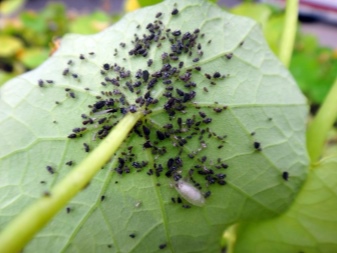

Spider mite
Against this garden pest, which causes yellowing of cucumbers, the same drugs are most often used as in the fight against melon aphids. The spider mite is also a leaf-sucking pest that causes discoloration of the plates, their coagulation and fall off. Finding a pest on the bushes turns out to be quite difficult. It has an extremely miniature size, practically indistinguishable without additional optical devices.
Affected cucumber bushes can be recognized by the appearance of pale yellow dotted spots on the back of the leaves. Cobwebs also appear on cucumbers. The affected leaves are removed, the rest of the plants are sprayed with colloidal sulfur and chemicals based on organophosphorus compounds. Suitable "Aktellik", "Fufanon", "Kinofos", "Karbofos". Among non-phytotoxic drugs, one can choose "Fundazol", "Bitoxibacillin".
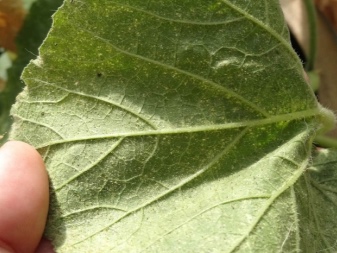
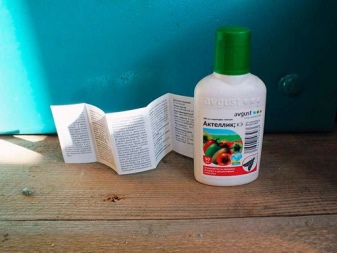
Prevention measures
Among the preventive measures against yellowing of cucumbers in the greenhouse, a whole range of actions can be distinguished.
- Regular and correct watering. After the appearance of embryos on the lashes, special attention should be paid to this. It is best to water the cucumbers before dawn or at dusk when the sun is not too hot.
- Airing the greenhouse. It is necessary to regulate the humidity level. If the evaporation is too intense, the fruits will begin to turn yellow and fall off. Ventilation will also increase oxygen availability. It is important to avoid sudden changes in temperature when airing, otherwise the risk of developing fungal diseases will increase.
- Compliance with crop rotation. Every year, the location of the greenhouse with cucumbers is changed to prevent the spread of fungal infections. Do not use plots for it on which nightshade crops were previously planted.
- Replenishment of the deficiency of minerals. Plants will tell you what they need to feed with the state of the leaves. The yellowing of the veins is a sign of iron deficiency, the lack of copper can be understood by the change in the color of the fruits and upper shoots. It is enough to sprinkle the plants with appropriate solutions as part of foliar dressing or use them when watering.
- Normalization of the temperature regime. Sometimes this is enough to eliminate yellowing of the leaves in cucumbers.
Growing cucumbers in a greenhouse or greenhouse is a challenging task. Only an integrated approach will help protect plants from possible yellowing of the leaves, prevent the ovaries from shedding.
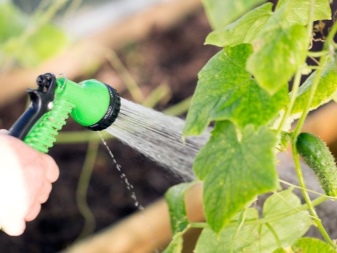
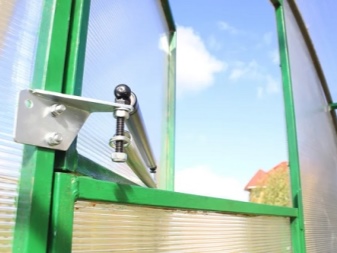













The comment was sent successfully.